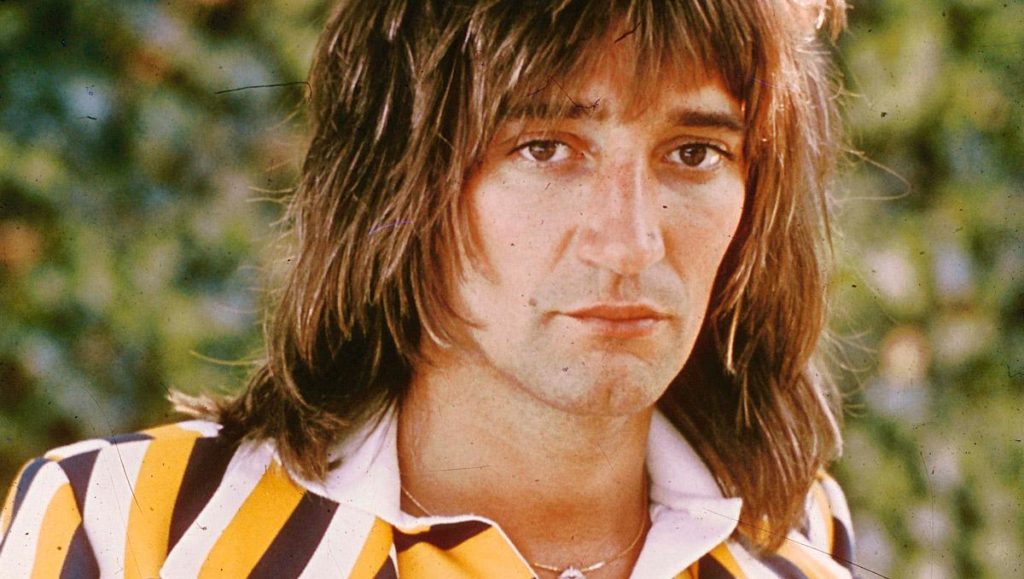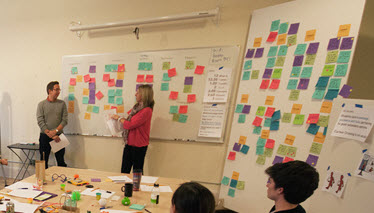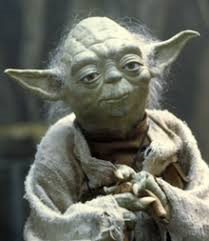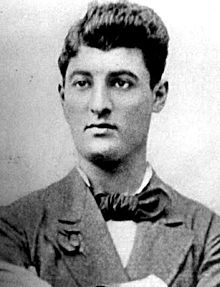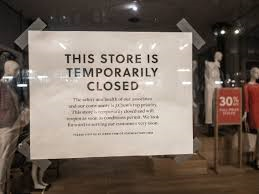Building Authority.
I’m working on a social media program for a company that happens to be under a great deal of pressure due to the coronavirus. Our triage plan is to use free media to build web traffic and spike some retail sales.
While working on this assignment I ran across a blog post by an old McCann pal of mine who has gone on to have a very nice career. In his post, he spoke of the importance of building “authority” in the social sphere. I know what he’s getting at but the word authority got me thinking. You see, I’m positioning the business owner of my triage project the same way, the difference is I don’t use the word authority. I use the word educate. An early lesson learned while working with AT&T a while ago – a lesson that has become a cornerstone of my branding practice – is “Leaders educate.”
If leaders educate, what do authorities do? Author? And that’s the difference.
Especially in social media where scads of people are authoring and only a few are educating.
I had a turnaround in college after hearing Rod Stewart sing about me, me, me people. The best people are you, you, you people. That’s the difference between educating and creating authority.
Peace.

